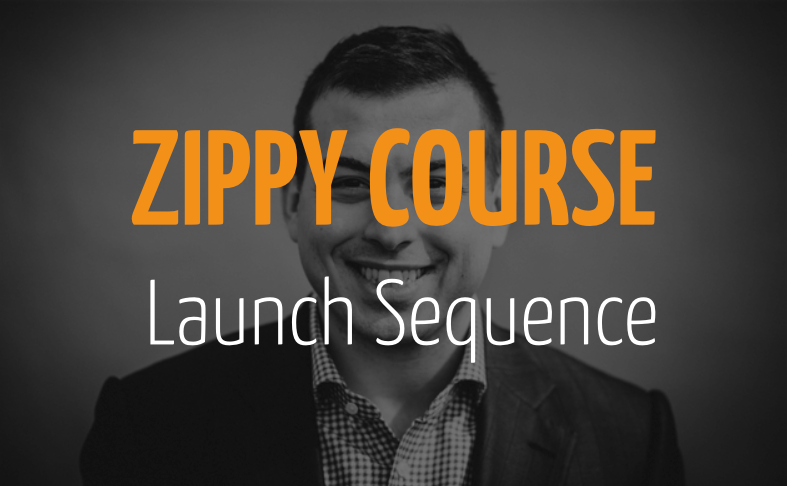
What if you could use the same product launch checklist that Derek Halpern uses?
Imagine that you had the templated email sequence needed to completely sell out your new product in 21 minutes (just like Derek did).
How would that change your business?
Derek Halpern is the brains behind Social Triggers, a wildly popular blog and podcast about the psychology of business.
Today I’m going to take you behind the scenes of his latest launch, break it down and then show you how you can do the same thing.
***
But I wanted to jump ahead to the ‘end of the book‘ and show you an example of how powerful an email list can be.
Friday we’ll get back to regularly scheduled programming.
I’ll show you on Friday you how to use what you learned last week to get 500 new email subscribers from one blog post.
Sound good? Stay tuned 🙂
How to engineer a launch that sells out in 21 minutes
A few things before we start:
- Derek has a really big audience
- Derek has been around a long time
- Derek has a lot of street cred
- Chances are you don’t
- Study this and use it anyway
Why? Because to have a big product launch you have to do what people that have big product launches do.
Don’t use your size or stage-of-business to make excuses for not implementing this strategy.
Onward…
Derek has been secretly working on his first software product over the last 12 months, Zippy Courses.
Thing is, Derek is smart. He knows that just opening the flood gates to a brand new piece of software is a bad idea. Even though they have tested the product and have deemed it ‘ready for the public’ he knows that software needs to be tested in real life by more than just himself before it’s truly ready for production.
So, he setup a beta user launch. He emailed the Zippy Course launch list and notified them that 25 copies were available.
By doing this he accomplished 3 things:
- Stress test the software before his main launch
- Build up massive anticipation with everyone that missed out on buying
- Validated his price point
The pre-launch worked so well that the beta round sold out in 21 minutes. Cray-cray!
Instead of doing a lot of talking, I’m just going to show you the launch sequence and point out the things you need to pay attention to along the way.
***
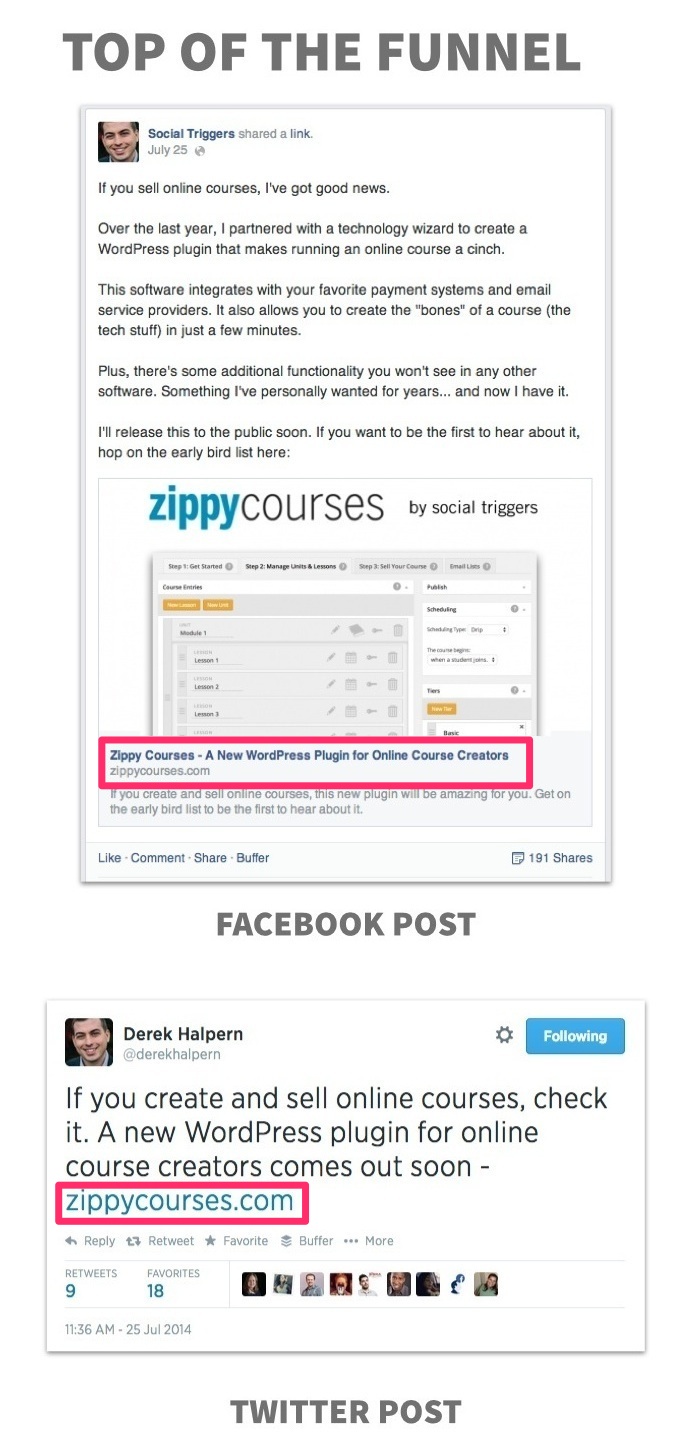
With the size of his social media following (Facebook: 55,188 Twitter: 49,700 ) this was as easy as making one post on each of those channels with a link back to the landing page.
If you don’t have following of this size, still post on your social accounts. However, you might need to get slightly more aggressive in your approach.
Here are a few more things you could do to drive traffic to your landing page:
1. Post multiple times on each account over a 5 day period
2. Send a note to your email list
3. Post about your new product in relevant Facebook and Linkedin groups (only groups you regularly engage in)
If none of these options work, focus on building your email list first. Then worry about launching a product.

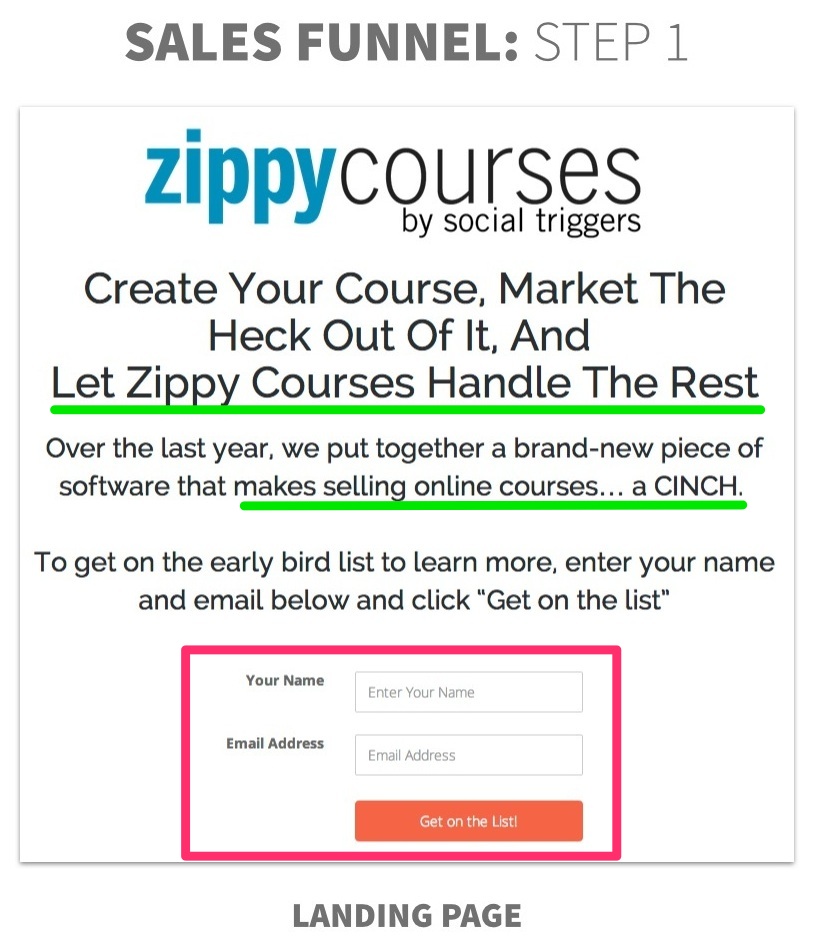
Objective #1: Convey the exact benefit of the product to the visitor (shown in green).
Objective #2: Get each visitor to sign up to be notified when the software is launched (shown in pink).
The page is short, clean and to the point. This makes it very easy for each visitor to know exactly what they are suppose to do.
Read.
SIgnup.
Wait for Derek to email them.

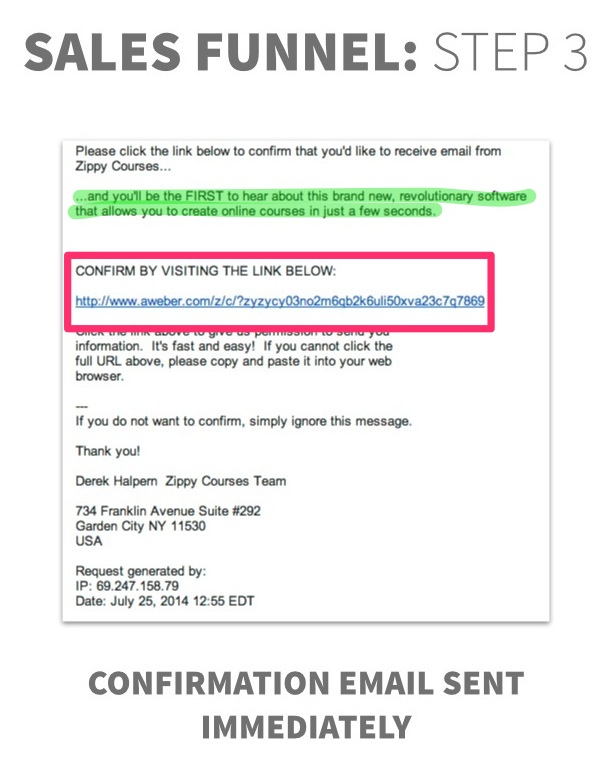
In that sequence they are:
1. Reminded of why they signed up (hear more about Zippy Course).
2. Asked to confirm that they entered the correct email address.
This is pretty standard stuff.

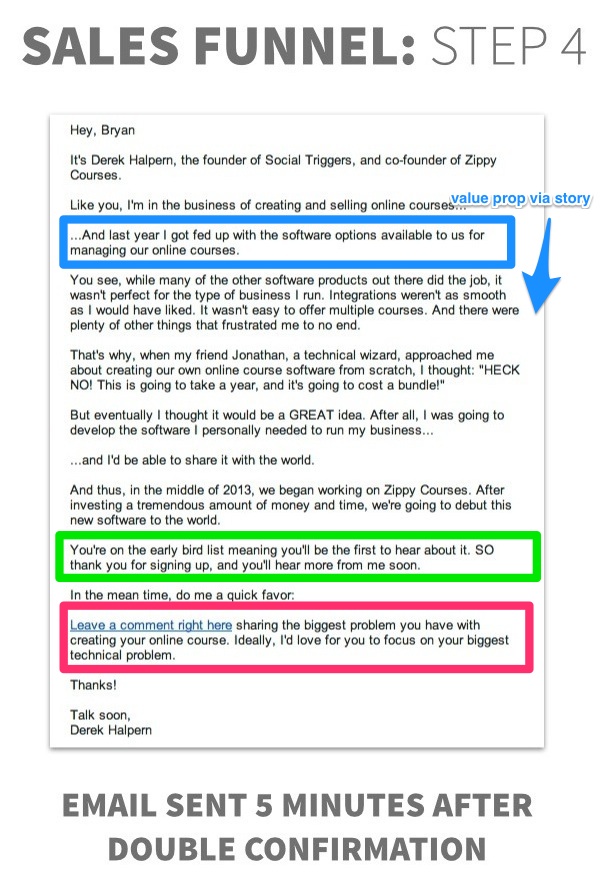
This email is sent 5 minutes after confirming your email address via the double optin email.
This email has three purposes (all color coded in the image above).
Purpose #1: He gives the value proposition of the software by telling you the story of why he created it (in blue above).
Purpose #2: Remind you to be looking out for an email form him when it is ready to launch (in green above).
Purpose #3: Build social proof on the launch page by asking you to leave a comment (in pink above).
Everything to this point – social media posts, landing page, double optin email and this email – is setting things up for a sales email.

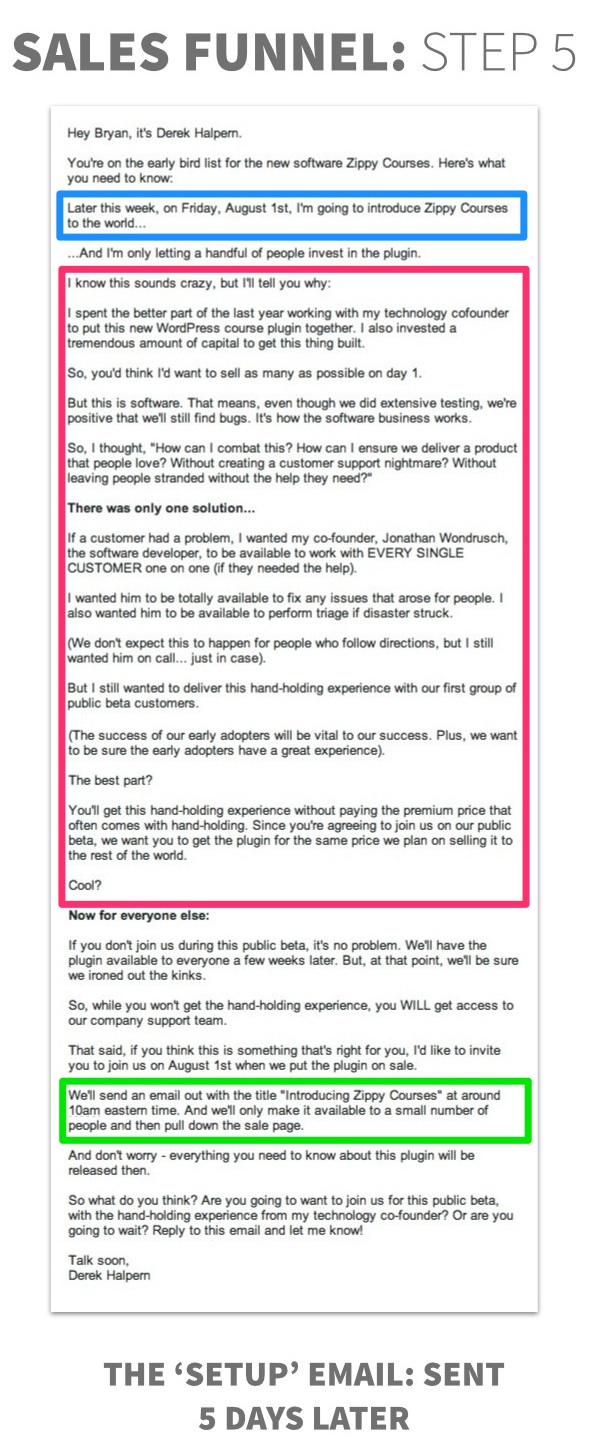
It’s a very important email. It preps the reader for the sale. Instead of just blasting his entire list with a sales letter, Derek sets up the sale.
This email is left out of MANY launches. But it’s vitally important.
By setting up the sale he builds anticipation, reminds the reader of why they need the product and gives them time to mentally buy into the product before actually asking them to buy it.
This email is broken into three main sections:
Section 1: He tells the reader that the software will be made available in 2 days (in blue above).
Section 2: Announces that it will be a limited launch (only 25 copies) and explains why (in pink above).
Section 3: Gives the exact time and date that the sale will start (in green above).
Now it’s time for the sales letter.

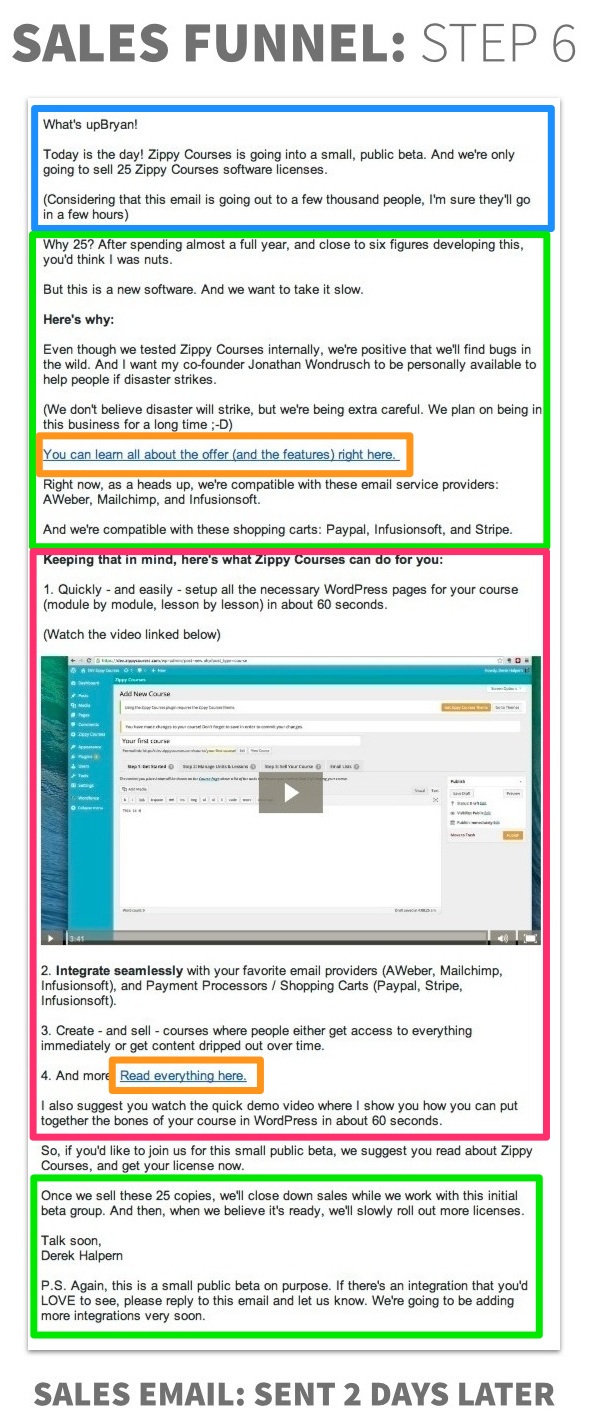
The entire email is written from a ‘come test out this product with me’ angle.
There is no hard sale.
No “buy now!” button.
The two calls to action are:
“Read everything here”
AND
“You can learn all about the offer (and features) right here”
This email is broken into four main parts:
Part #1: Announcement. Derek gets to the point quickly. In the first sentence he lets you know the purpose of the email (to get you to buy the software).
Part #2: Urgency. He immediately reminds you why he is limiting the number of copies to drive home the urgency of you acting immediately.
Part #3: Features. He walks you through the 3 main features of the software, includes a link to a video and then directs you to the sales page to get even more information.
Part #4: Call to action. As mentioned above the call to action is soft. Due to the the genuineness and believability of the urgency (limited copies) no hard selling is needed.

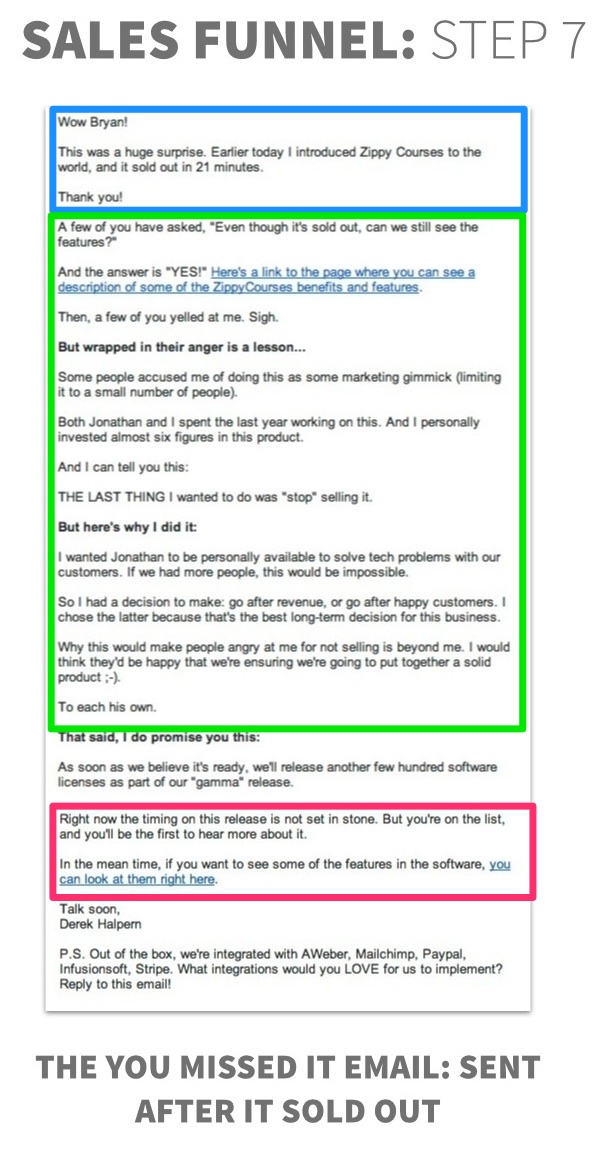
Not Derek.
He followed up a few hours later with a freakin’ genius email. It layered on the anticipation and urgency factor even thicker.
This email consist of three main strategies:
Strategy #1: Community. Even if you didn’t buy the software from Derek, you felt a sense of community and excitement for him when he shared the results of the launch.
Strategy #2: Explain the Urgency. For the 4th time – in as many emails – he once again explained WHY he was only selling 25 copies. This reassures you of his credibility and slightly pisses you off that other people wouldn’t ‘get it’ after he has explained it so many time. “I’m on Derek’s side!”
Strategy #3: More Anticipation. He closes the email with an open loop. Many people that wanted to buy, couldn’t. The parting sentence reassures them that it will go on sale again and they’ll be the first to know when it does.
How quick to you think people that missed the sale the first time will buy the next time they have a chance? A lot.
***
…and there you have it.
The exact 7 step sequence Derek Halpern used to sell out his new product in 21 minutes.
How can you use this sequence?
Can you launch your service based business using the same urgency tactic that Derek used?
Can you build a pre-launch list the same way Derek did?
Can your information product be sold in a similar way?
Question: How can you use this 7 Step Sequence to launch your next product? Leave your strategy in the comment section below.
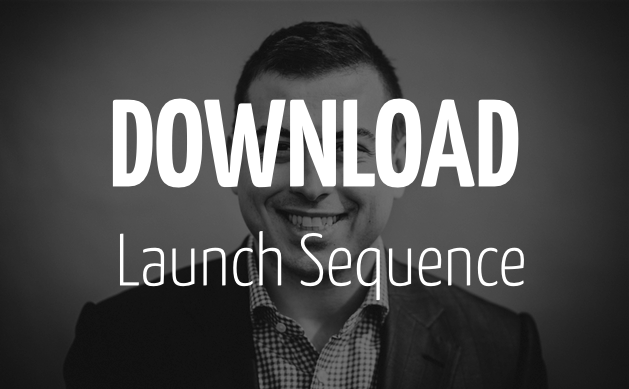
>